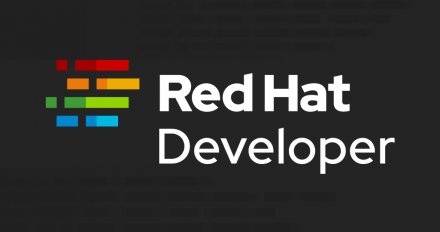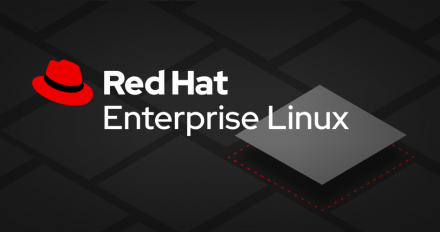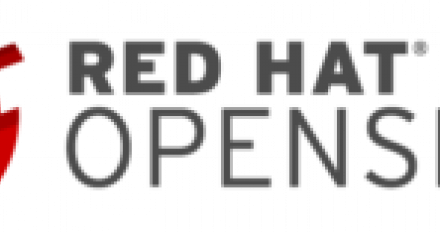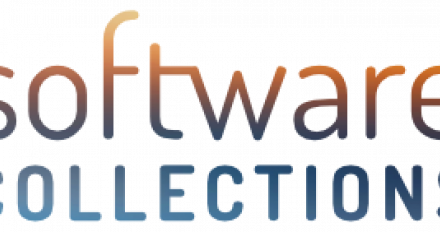
Ruby 2.6 now available on Red Hat Enterprise Linux 7
Ruby 2.6 is now generally available and supported on Red Hat Enterprise Linux 7; get details here.

Ruby 2.6 is now generally available and supported on Red Hat Enterprise Linux 7; get details here.

The latest release of Red Hat Software Collections 3.3 Beta includes three new and two updated components. Learn more in this overview.

This post shows the advantages and disadvantages of using register transfer language (RTL) for CRuby, and it compares the performance of RTL CRuby with that of trunk CRuby.


Reviewing source code can be helpful in understanding how code works, but the static view may not give you a complete picture. The paths taken through code are heavily data dependent. Learn how to use Systemtap and debuginfo to dig into the Ruby interpreter internals on Red Hat Enterprise Linux 7.

We are pleased to announce the general availability of: Red Hat Software Collections 3.1 (Ruby 2.5, Perl 2.26, PHP 7.0.27, PostgreSQL 10, MongoDB 3.6, Varnish 5, HAProxy 1.8, Apache 2.4 update) Red Hat Developer Toolset 7.1 (GCC 7.3) Clang/LLVM 5.0, Go 1.8.7, Rust 1.25.0

Twice a year, Red Hat distributes new versions of compiler toolsets, scripting languages, open source databases, and/or web tools, etc., so that application developers will have access to the latest, stable versions. These Red Hat supported offerings are packaged as Red Hat Software Collections.

This blog post is about my work to improve CRuby performance by introducing new virtual machine instructions and a JIT. It is loosely based on my presentation at RubyKaigi 2017 in Hiroshima, Japan. Version 3 of Ruby should be 3 times faster than version 2.

Mike McGrath, a cloud architect at Red Hat, speaks about the OpenShift project, including express--a way to easily on-board PHP, Ruby, and Python applications via standard, open interfaces. McGrath demonstrates the process of uploading and updating the applications in the cloud using express, as well as ways to snapshot, clean up, and remove applications that are being migrated or eliminated. Learn more about Red Hat OpenShift: http://openshift.redhat.com/app/ Learn more about Red Hat cloud technology: http://www.redhat.com/cloud/build/








Web development has become increasingly complicated in recent years. The questions of which framework to use often can eat up much time at the start of a project.



Scott Merrill does an awesome job describing his experiences with the Red Hat Software Collection for Ruby.



